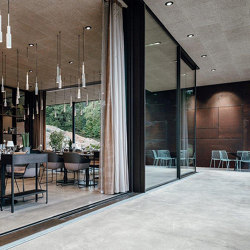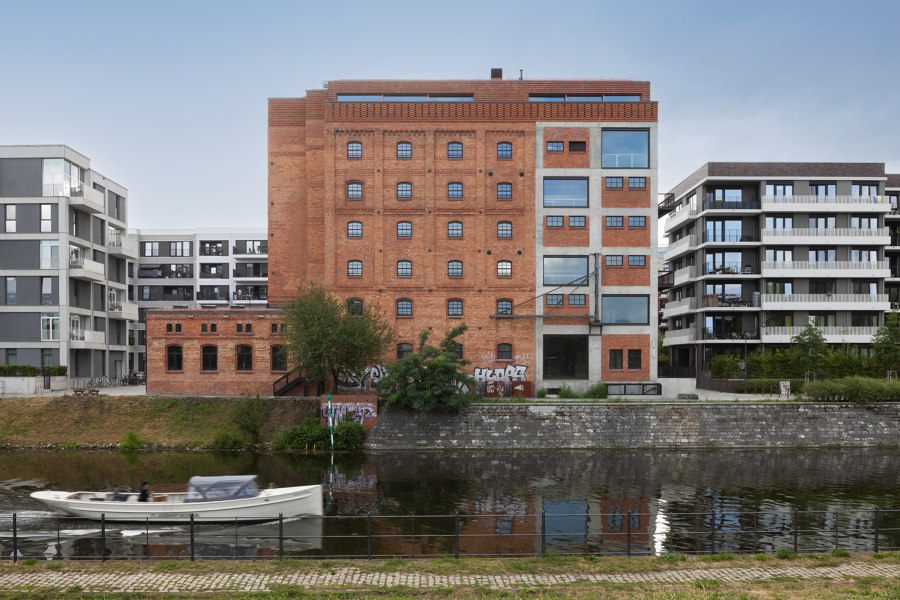
Photographer: Daniel Sumesgutner
Former experimental granary in the Berlin-Moabit district
On the former site of the Hamburg and Lehrte freight station in the Berlin-Moabit district, a disused industrial landmark has been transformed into a vibrant urban building block: the experimental granary from 1898.
The experimental granary was opened in 1898 by the Berlin-Spandau shipping canal, to secure the supply of food to the rapidly growing population of Berlin. The brick building served as a test site for the storage of large quantities of grain. The building was expanded for the first time in 1915. Today, after standing empty for many years and occasionally serving as an art venue for events and exhibitions, the experimental granary offers 2,371 m² of floor space. Thanks to its significantly taller ceiling height, the ground floor is ideal for cultural or gastronomic purposes, while the upper six floors are designed as a modern work environment. Despite being converted to more contemporary functions, the building’s industrial charm has been fully preserved.
This can be attributed to the architects’ sensitivity towards the existing building. Ulrike Dix, project architect and partner at AFF Architects in Berlin, explains her approach: “Our thought process is to see what we have to work with at the site, what potential it has, and how we can increase this potential even further. All the architectural interventions are a response to what the existing site makes available to us.” With this in mind, all the new elements of the experimental granary are combined with the historic fabric of the building and do not contrast the old with the new. This architectural ambition is also reflected in the addition of a seventh floor.
Building upwards with an expansive view
Thanks to the increased cubic volume of the building, the experimental granary now has a more appreciable presence in the quarter. Two large roof terraces with expansive views over the canal and the Europacity create added value; not only from the sheltered exterior, but from the inside as well. This is made possible by four large sliding windows. The chosen window system was the cero III from Solarlux. This offers both maximum transparency and the largest possible spatial transition between the inside and outside. The building components are over 9 or 11 metres wide, respectively, and 2.72 metres tall. Accordingly, they open the facade on the two long sides of the building to over 55 m², creating a bright, light-flooded space on the top floor.
The reddish-brown colour of the window profiles matches the colour of the clinker brick facade, in line with the architects’ monochrome design approach to the addition of the new storey. As a result, the slim, only 34-millimetre-wide profiles around the windows are even less visually noticeable. Another cero sliding window on the ground floor creates a seamless transition between the restaurant floor and the outdoor area. As a special feature, the two sliding elements slide into a wall pocket inside the room, creating an opening of almost 10 square metres.
Architect
AFF Architects

Photographer: Daniel Sumesgutner
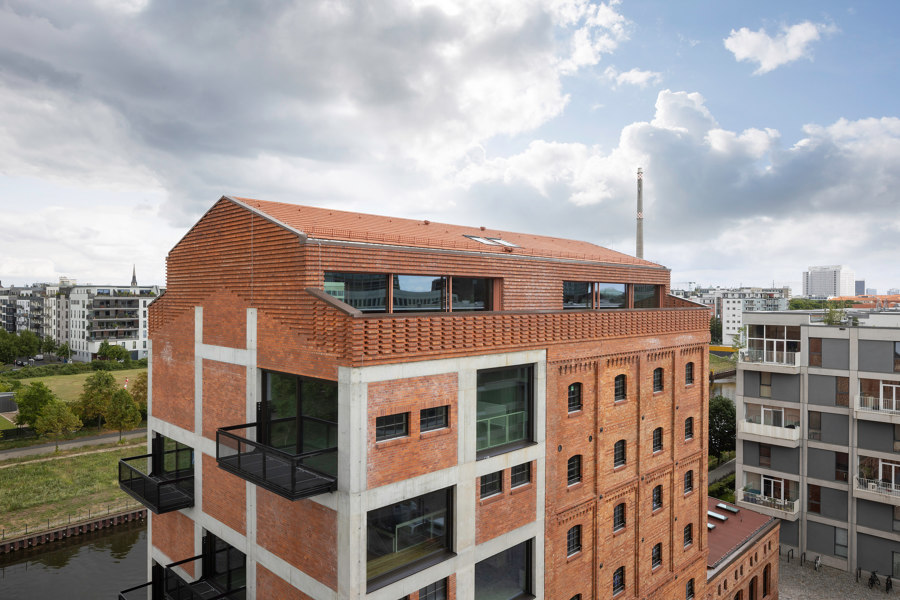
Photographer: Daniel Sumesgutner
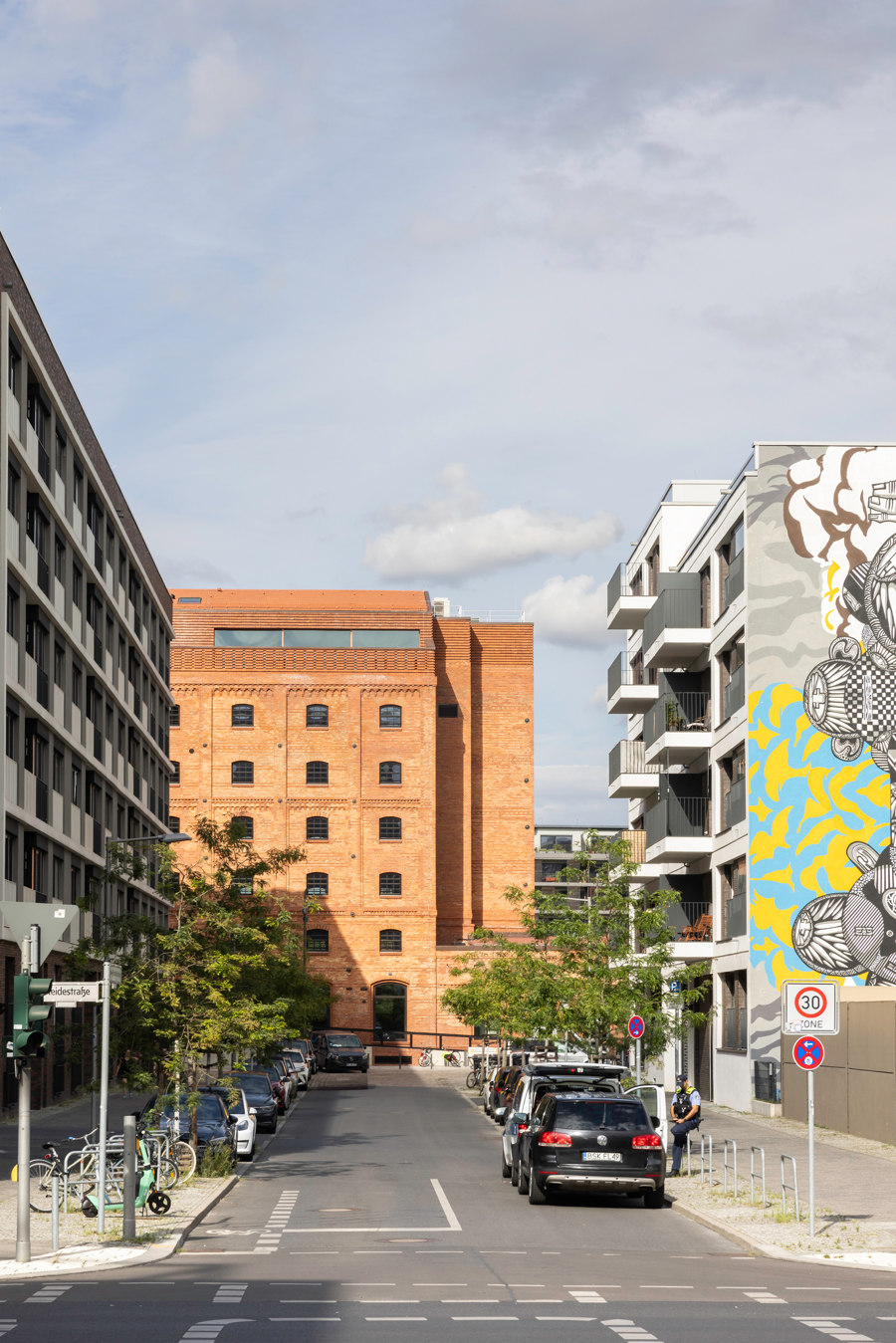
Photographer: Daniel Sumesgutner

Photographer: Daniel Sumesgutner
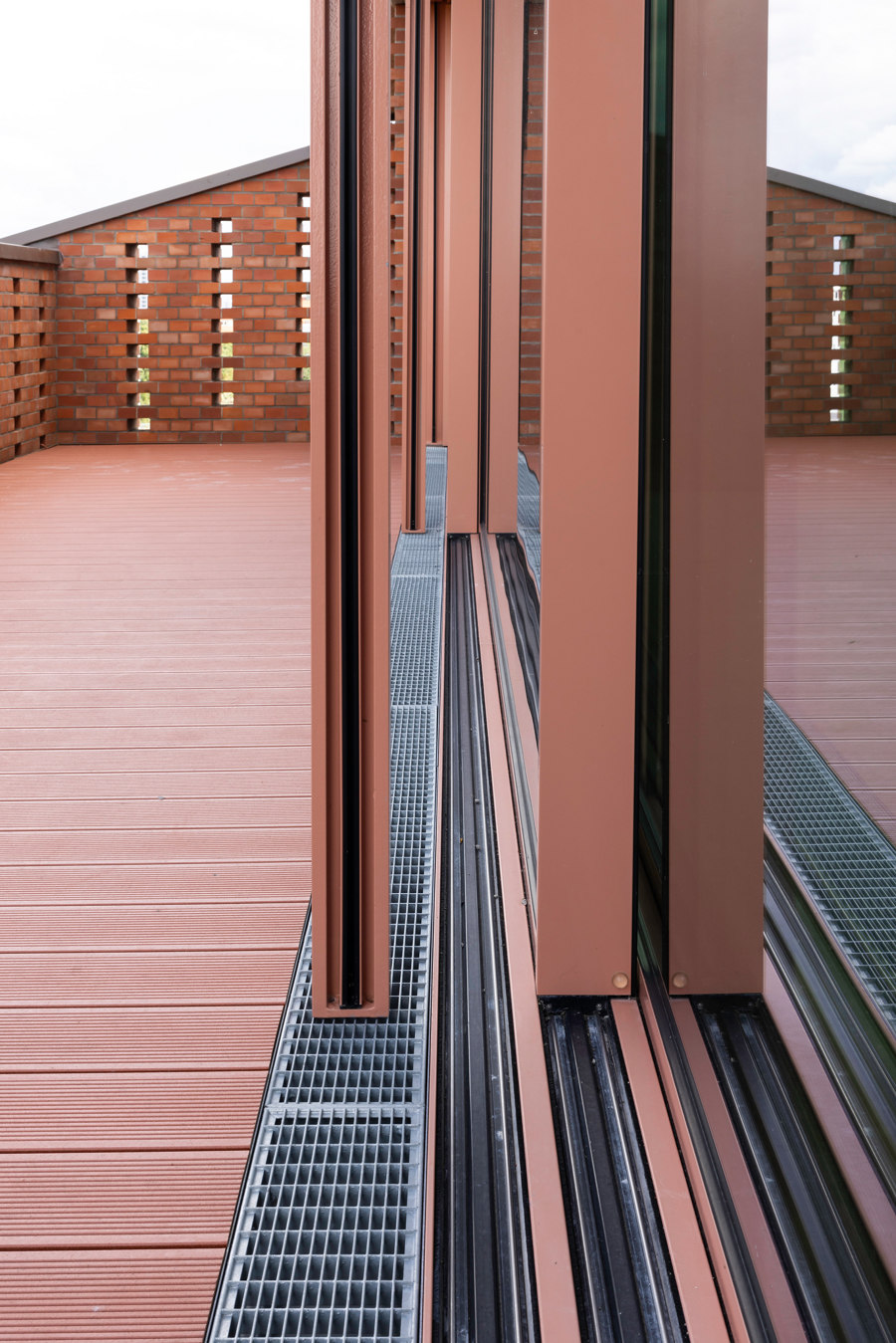
Photographer: Daniel Sumesgutner
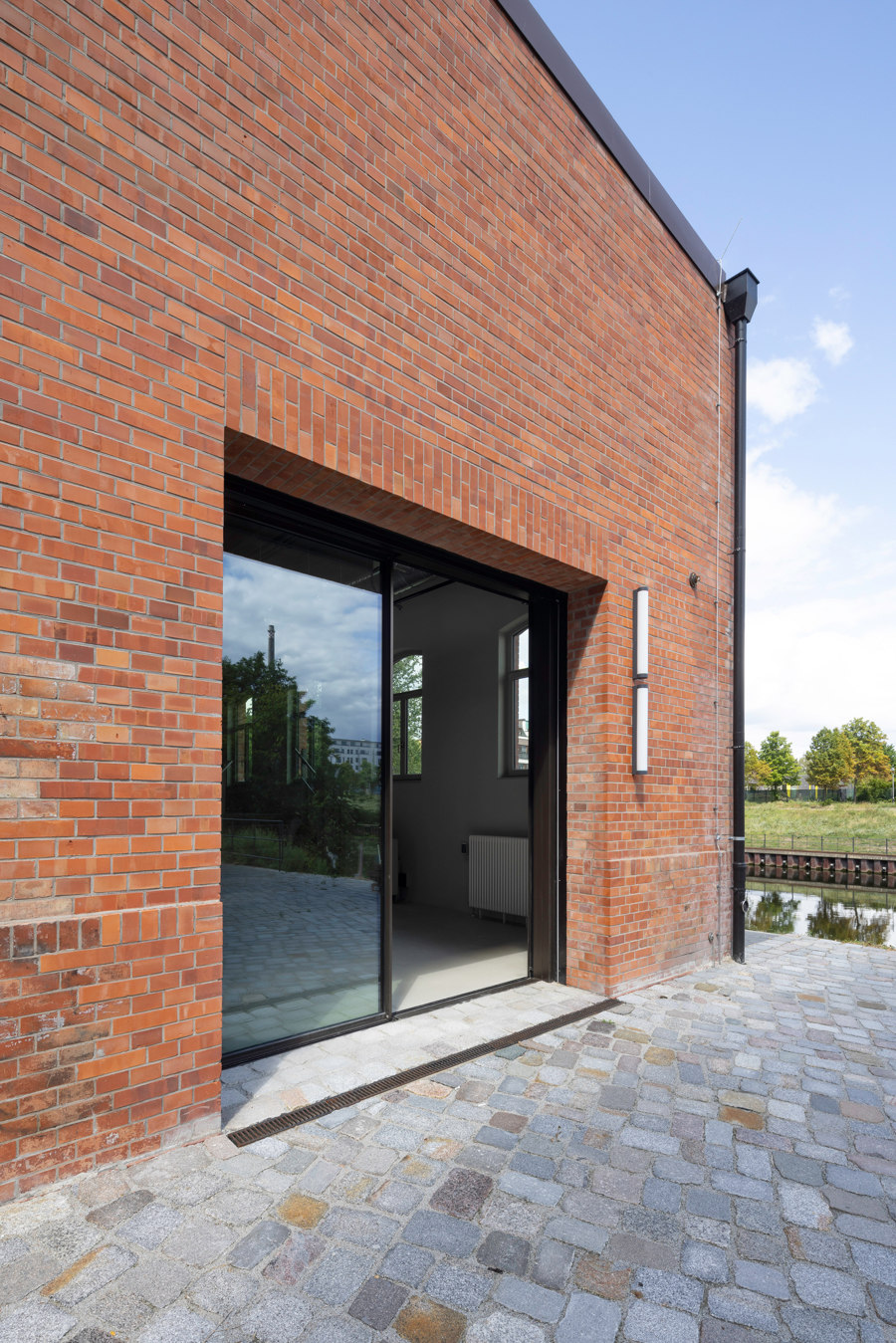
Photographer: Daniel Sumesgutner
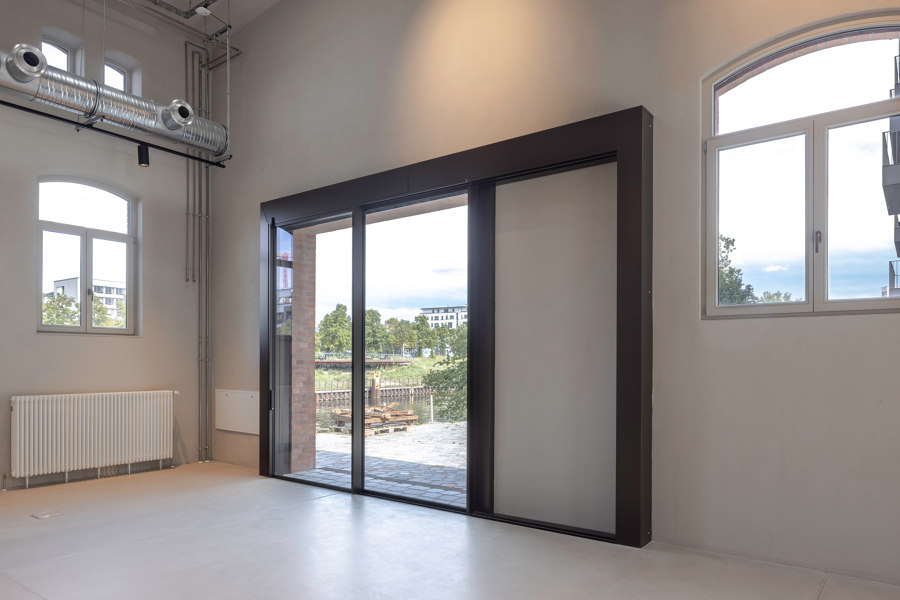
Photographer: Daniel Sumesgutner
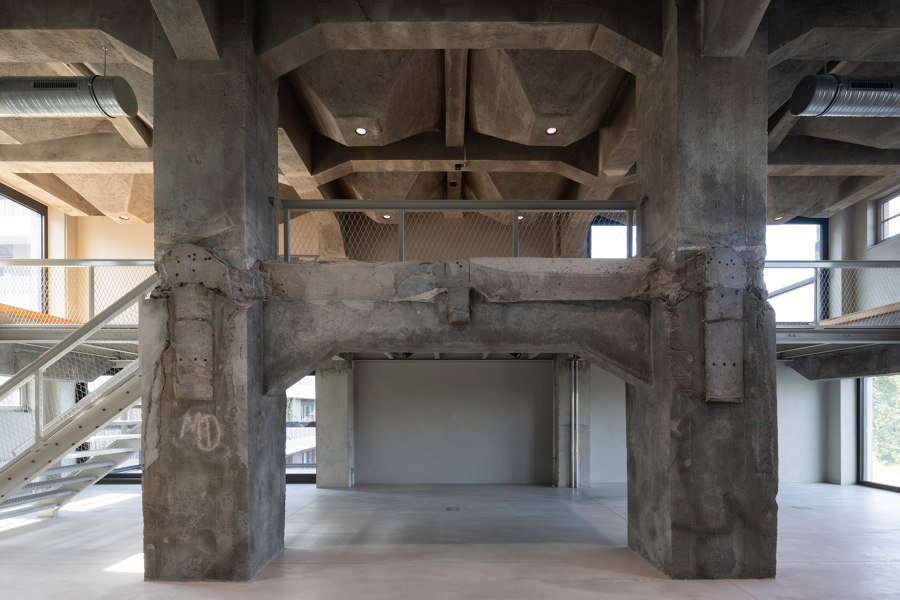
Photographer: Daniel Sumesgutner
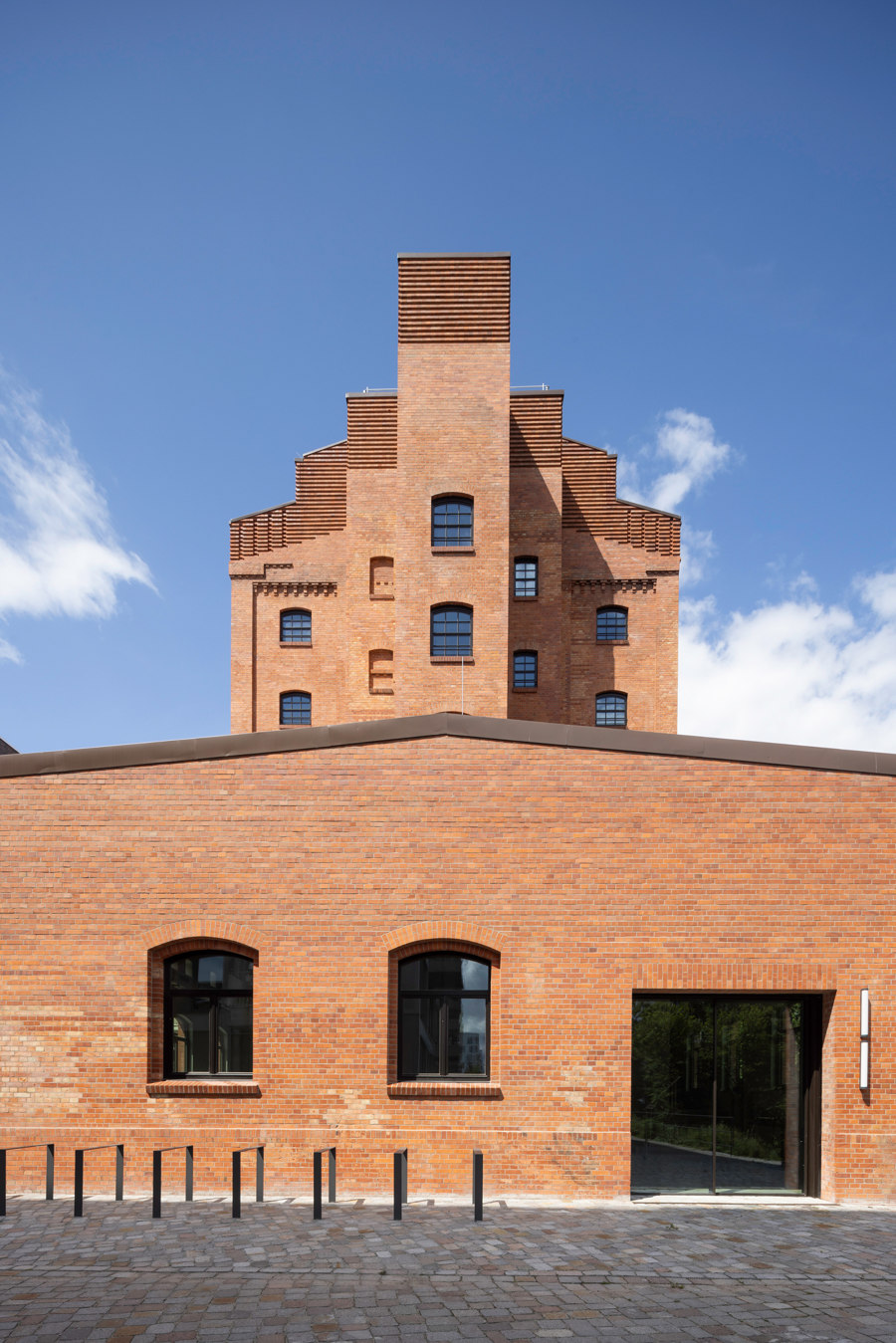
Photographer: Daniel Sumesgutner






